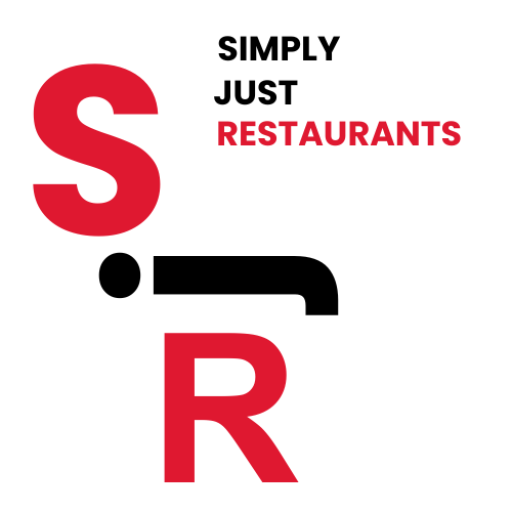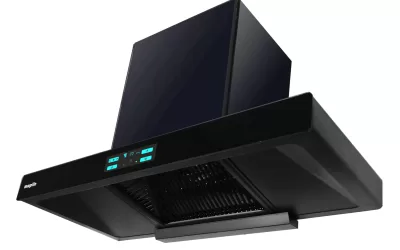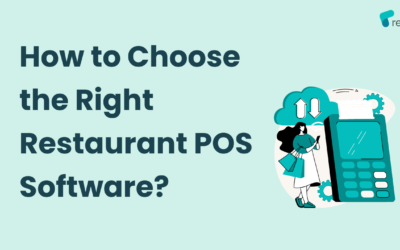Setting the right price for a bakery display counter is crucial for bakery owners or restaurateurs who want to attract customers while balancing costs and profitability. The price of a display counter varies significantly depending on factors like materials, size, type, technology, design, and additional features. Beyond the initial cost of purchasing the display counter, it’s important to consider long-term maintenance, energy efficiency, and durability when making an investment.
This guide will walk through the factors influencing bakery display counter prices, the different types of counters available, how to choose the best option for your bakery, and cost-saving strategies without sacrificing quality.
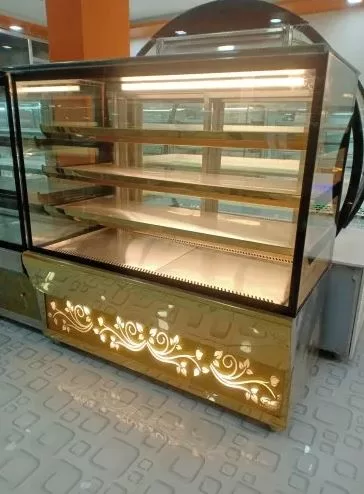
1. Types of Bakery Display Counters and Their Price Ranges
-
The cost of a bakery display counter can vary based on the type, which is often dictated by the function and product type. Here are the primary types of bakery display counters along with general price ranges:
1.1 Refrigerated Display Counters
Purpose: Refrigerated display counters are essential for keeping perishable items, like cakes, pastries, and cream-based desserts, at a safe temperature. These units are temperature-controlled and equipped with glass displays to showcase the products.
Price Range:
- Small countertop units: $500 – $1,500
- Medium-sized counters: $2,000 – $5,000
- Large, high-end refrigerated counters: $5,000 – $10,000+
Factors affecting price:
- Size: Larger units with more storage capacity will naturally cost more.
- Temperature Control: Advanced cooling technology, such as digital temperature control and energy-efficient compressors, can increase the price.
- Material and Design: Stainless steel and tempered glass are common materials in refrigerated counters. More expensive models may feature premium finishes or advanced lighting to better display products.
1.2 Non-Refrigerated Display Counters
Purpose: Non-refrigerated display counters are typically used to showcase dry goods like bread, cookies, muffins, and other pastries that don’t require temperature control. These counters focus on aesthetics and visibility.
Price Range:
- Basic non-refrigerated counters: $300 – $1,000
- Mid-range units with enhanced display options: $1,500 – $3,000
- High-end models with custom designs: $3,000 – $8,000+
Factors affecting price:
- Material: Counters made from durable materials like wood, stainless steel, or high-grade plastics will be more expensive.
- Size: Larger units that offer more shelf space or additional compartments can increase the price.
- Lighting and Display Features: Some non-refrigerated counters come with built-in LED lighting and customizable shelving, which can raise the price.
1.3 Self-Service Display Counters
Purpose: These counters allow customers to serve themselves. Commonly seen in grocery store bakeries or buffet-style settings, self-service counters typically feature covered bins or shelves and tongs to maintain hygiene.
Price Range:
- Small countertop self-serve units: $300 – $800
- Floor-standing self-serve units: $1,000 – $2,500
Factors affecting price:
- Size and Number of Compartments: More sections or bins for different products result in higher costs.
- Hygiene Features: Features like sneeze guards, automatic doors, or touchless technology for enhanced hygiene can add to the price.
1.4 Full-Service Display Counters
Purpose: In full-service counters, staff assist customers in selecting products from behind the counter. These units are designed with the staff’s convenience in mind, providing easy access to the products from the back while maintaining visibility for customers at the front.
Price Range:
- Standard full-service counters: $1,500 – $4,000
- Premium, custom-designed counters: $5,000 – $15,000+
Factors affecting price:
- Customization: Fully custom-built counters with unique designs and features for specific bakery needs will cost significantly more.
- Storage Capacity: Units that offer extra storage for backup inventory or dual-sided access are more expensive.
- Aesthetic Details: Counters with premium materials, such as marble or hardwood finishes, and intricate detailing can greatly increase costs.
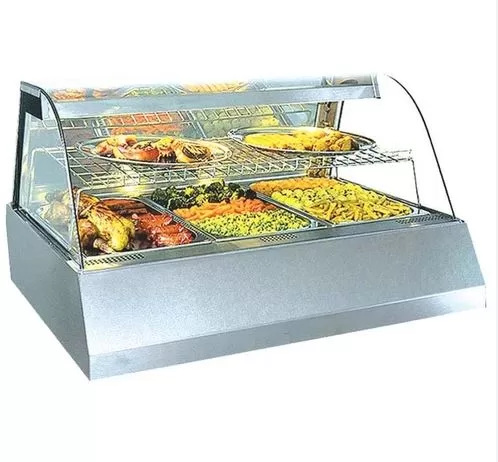
2. Factors That Affect Display Counter Pricing
Several factors can influence the final price of a display counter, including material, size, design, and additional features. Understanding these factors helps you make a more informed decision based on your specific needs and budget.
2.1 Materials
The materials used to construct a display counter significantly impact both the price and durability. Common materials include:
- Stainless Steel: Often used in high-traffic areas due to its durability and easy maintenance, stainless steel is resistant to corrosion and rust, making it ideal for both refrigerated and non-refrigerated counters. However, this can increase the price.
- Glass: Most bakery display counters use tempered glass for the front panels and shelves, providing clear visibility. Higher-end counters may have low-reflective or anti-fog glass, which can add to the cost.
- Wood: Wooden finishes are typically used for aesthetic purposes, especially in rustic or artisan bakeries. Custom woodwork or premium types of wood like oak or walnut will add to the overall price.
- Acrylic and Plastic: Lightweight and affordable, acrylic and plastic are often used in more budget-friendly display counters. While they can lower the cost, they may not offer the same durability as other materials.
2.2 Size and Storage Capacity
The size of the display counter is one of the most direct factors influencing price. Larger counters that offer more storage and display space cost more, but they can also showcase more products, potentially leading to higher sales.
- Small Countertop Units: Ideal for limited space or specialty products, these units tend to be the most affordable.
- Medium to Large Counters: For larger bakeries with more product variety, these display counters offer multiple shelves or compartments to maximize display area.
2.3 Customization
Custom-built bakery display counters allow businesses to create a unique presentation that reflects the brand’s identity. However, customization can be one of the most expensive aspects of a display counter.
- Custom Materials: The use of high-end materials such as marble, hardwoods, or designer glass raises the cost.
- Design Specificity: A fully custom design that integrates your item’s layout or architectural elements will often come at a premium price.
- Branding: Custom engraving, logos, or thematic designs incorporated into the counter may further increase the cost.
2.4 Technology Integration
Modern display counters often come with advanced technology to enhance the customer experience or improve efficiency. Some common tech features include:
- Digital Temperature Control: Found in refrigerated counters, advanced digital controls allow precise temperature regulation. The more sophisticated the system, the higher the price.
- LED Lighting: Integrated lighting not only makes the display more attractive but also helps to enhance the visibility of the products, especially in dimly lit environments.
- Touchscreen Ordering: Some display counters integrate touchscreens where customers can browse products or place orders. This level of automation can significantly increase the cost.
- Energy Efficiency: High-efficiency refrigeration systems or lighting reduce long-term energy costs but may have a higher upfront price.
2.5 Brand and Manufacturer
The brand of the display counter plays a crucial role in determining the price. Well-established manufacturers often charge a premium for their products due to higher quality, longer warranties, and reliable customer service. Some well-known brands in the industry include:
- True Manufacturing
- Beverage-Air
- Delfield
- Turbo Air
These brands often provide durable, high-performance display counters, but their reputation comes with higher price points compared to lesser-known or generic brands.
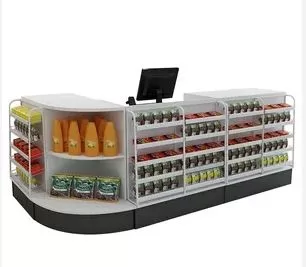
3. Cost-Saving Strategies for Display Counters
- While high-quality display counters can be expensive, there are several ways to save money without sacrificing essential features.
3.1 Buy Used or Refurbished
Purchasing a used or refurbished display counter is a common way to reduce costs. Many reputable sellers offer second-hand counters that have been refurbished to meet safety and performance standards. Buying used can save up to 50% or more compared to new units, but it’s important to inspect the equipment carefully to ensure it is in good condition and comes with a warranty.
3.2 Leasing or Financing Options
For bakeries that want to conserve capital, leasing or financing a display counter is an option. Many suppliers offer lease-to-own programs, allowing businesses to spread the cost over time while using the counter. This is particularly useful for new bakeries that may not have the upfront capital to purchase expensive equipment.
3.3 Standard vs. Custom
While custom-built counters offer a unique look and tailored functionality, they can be expensive. Opting for a standard model from a reputable manufacturer is often a cost-effective option. Standard models are usually available in different sizes and finishes, providing flexibility without the cost of full customization.
3.4 Energy-Efficient Models
Although energy-efficient models may have a higher initial cost, they offer long-term savings by reducing energy consumption. Look for counters that have Energy Star ratings or other energy certifications, especially for refrigerated units.
3.5 Bulk Discounts
If you are purchasing multiple display counters for a larger bakery or chain of bakeries, inquire about bulk purchase discounts. Many suppliers offer reduced prices when purchasing multiple units at once.
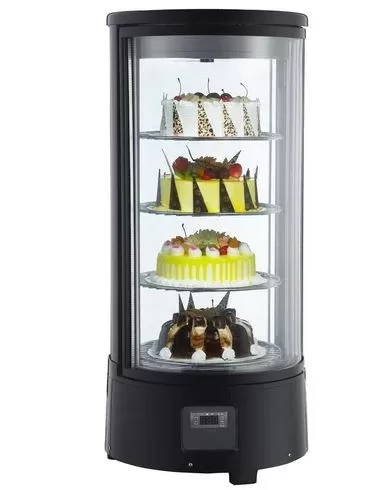
4. Long-Term Costs of Bakery Display Counters
-
Beyond the initial purchase price, there are long-term costs associated with operating a bakery display counter. Considering these costs upfront can help you choose a counter that offers the best long-term value.
4.1 Energy Consumption
Refrigerated counters, in particular, can consume significant amounts of electricity, especially if they are running 24/7. Energy-efficient models may cost more upfront, but the savings in energy bills can be substantial over time.
4.2 Maintenance and Repairs
Display counters, especially those with refrigeration, require regular maintenance to ensure optimal performance and longevity. Factoring in maintenance costs, including potential repairs, is important when budgeting for a new display counter. Consider purchasing a counter with a solid warranty that covers parts and labor for a certain period.
4.3 Product Losses
Using low-quality or improperly maintained display counters can lead to product spoilage, especially with perishable goods. Investing in a reliable display counter may have a higher initial cost but can prevent losses from spoiled or stale products, leading to better long-term profitability.
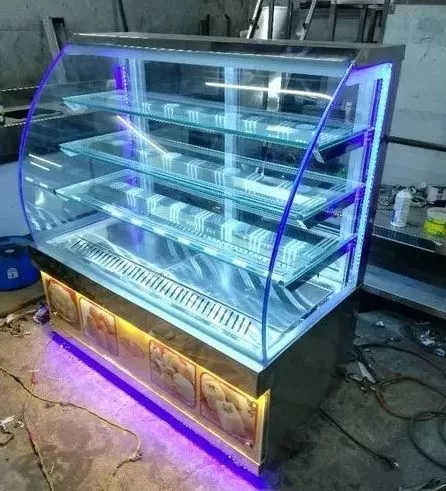
Conclusion
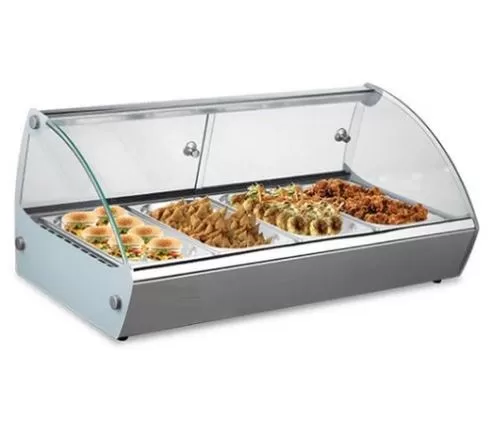
About Author sudeshna mukherjee
You May Also Like…
2024 Buyer’s Guide: How to Choose the Best Auto Clean Chimney for Your Kitchen
IntroductionA chimney is essential for a clean and safe kitchen. Kitchen chimneys are essential for aesthetics and...
How to Choose the Right POS Software for Your Restaurant in India
Introduction Profits are what make it all worthwhile. Running a successful restaurant requires an efficient...

